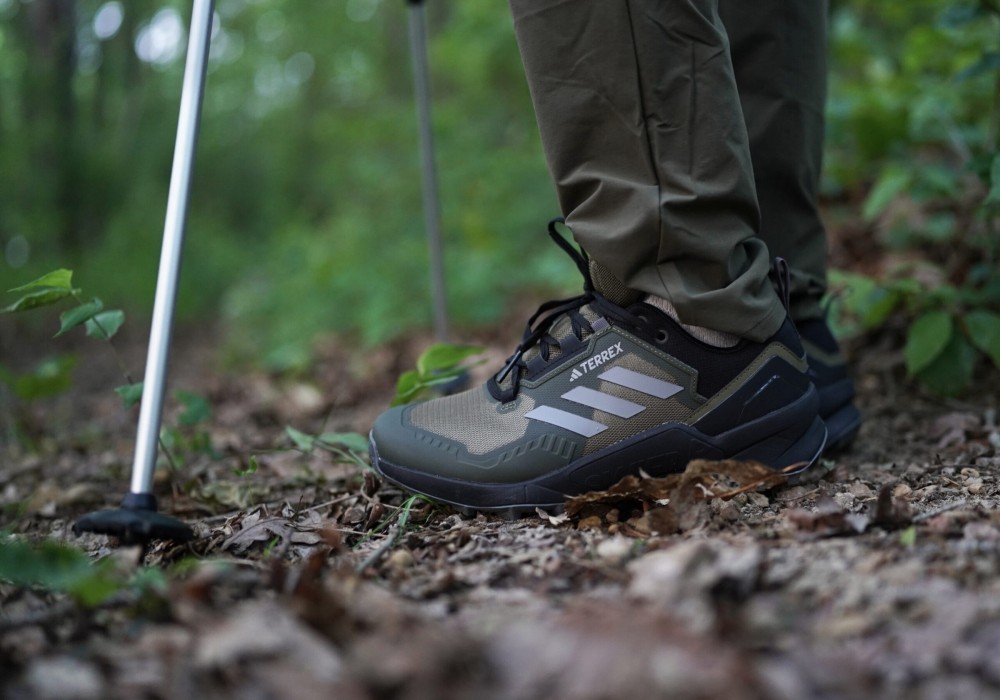Sweating is a natural process that helps regulate body temperature, especially during physical activities. However, some sneakers can exacerbate the sweating process, leading to discomfort and unpleasant odors. In this article, we explore the factors that contribute to excessive sweating when wearing certain sneakers. From materials and construction to ventilation and moisture-wicking properties, understanding the science behind sneaker breathability can help you make informed choices for optimal comfort and freshness.
Material Selection :
The choice of materials in sneaker construction greatly impacts breathability. Some materials, like synthetic fabrics and non-breathable synthetic leather, can trap heat and moisture, leading to increased sweating. Opting for sneakers made from breathable materials such as mesh, knit, or natural fabrics like cotton or leather allows for better airflow and moisture evaporation.

Ventilation Design :
Sneakers with poor ventilation design restrict airflow around the foot, creating a stifling environment that promotes sweat accumulation. Look for sneakers with strategically placed mesh panels, perforations, or open-knit constructions that allow air to circulate and cool the foot. Ventilation features ensure better breathability and reduce sweat buildup.
Moisture-Wicking Properties :
Some sneakers incorporate moisture-wicking technologies or lining materials that actively draw sweat away from the foot. These technologies help to keep the foot dry and prevent excessive sweating. Moisture-wicking properties often involve specialized fabric treatments or additional layers designed to manage moisture and enhance comfort.
Fit and Sock Choice :
Sneakers that are too tight or have an improper fit can impede airflow, leading to increased sweating. It is important to choose sneakers that offer enough room for the foot to breathe and move comfortably. Additionally, wearing moisture-wicking socks made from breathable materials can help absorb sweat and keep the feet drier.
Environmental Factors :
Sweating can be influenced by environmental conditions such as temperature and humidity. In hot and humid climates, it is essential to choose sneakers with excellent breathability to prevent excessive sweating. Sneakers designed for specific activities may also consider climate factors and incorporate features that aid in moisture management.
Conclusion :
Excessive sweating while wearing sneakers can be uncomfortable and even contribute to foot-related issues. Understanding the factors that affect sneaker breathability, such as material selection, ventilation design, moisture-wicking properties, fit, and environmental factors, allows you to make informed choices for footwear that promotes better air circulation, reduces sweat accumulation, and enhances overall comfort. By selecting sneakers that prioritize breathability, you can enjoy a cooler, drier, and more comfortable experience during your activities while minimizing the likelihood of excessive sweating.





